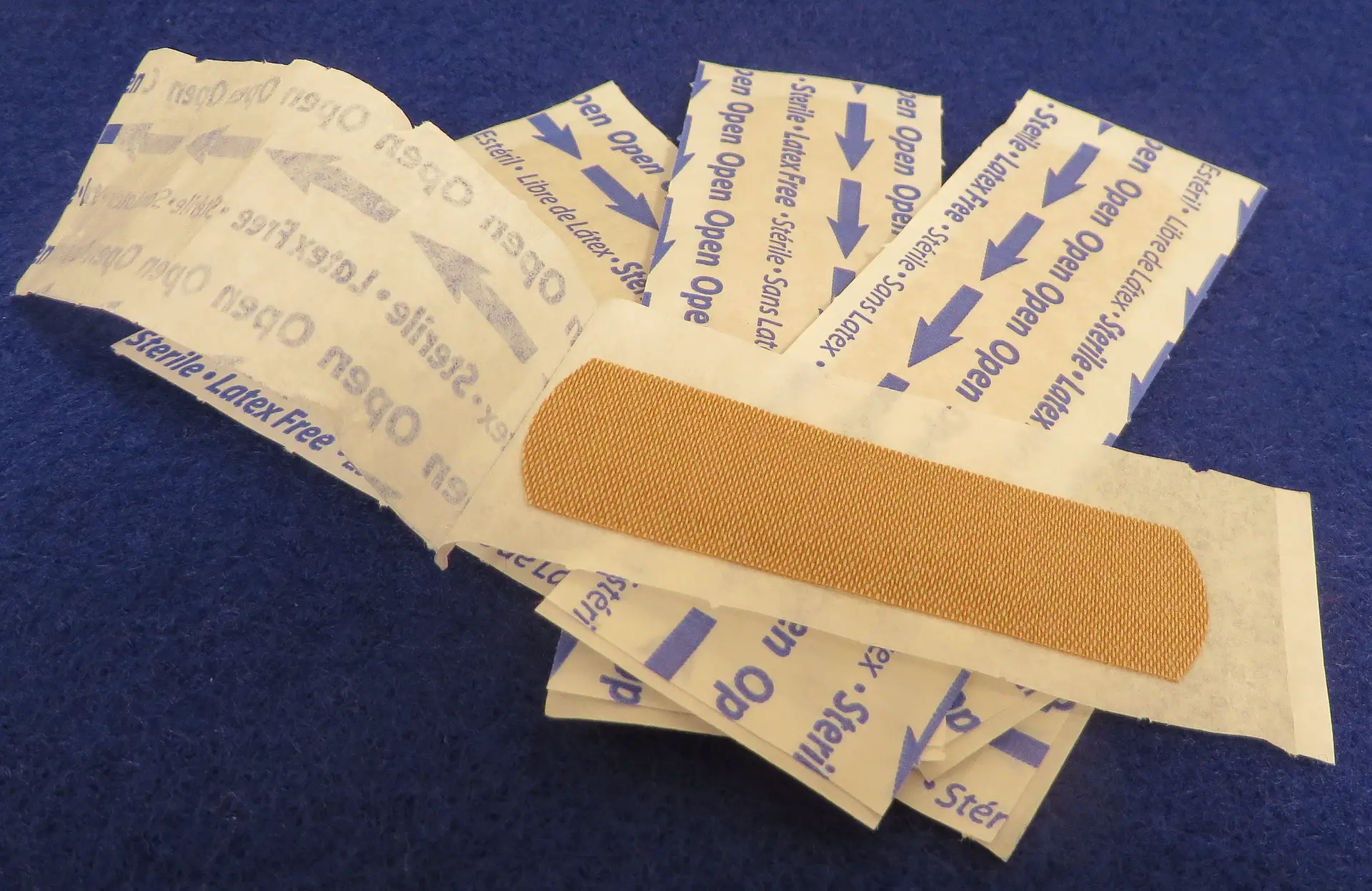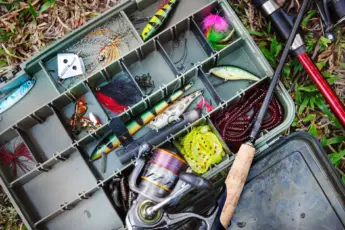Fishing is a popular sport in Georgia, South Carolina, and North Carolina for experienced and inexperienced anglers. The three states offer ample fishing grounds between the lakes, rivers, creeks, reservoirs, coastal waters, and the Atlantic Ocean. Unfortunately, unsuspecting fisher men and women are subject to deep line cuts. Here is what you need to know about why fishing line cuts you.
What Kind Of Fishing Line Causes Cuts To The Hands And Fingers
The two most widely used types of line are braid and monofilament. Anglers spool their fishing reel with either type.
Both mono and braid cause deep lacerations when improperly handled. However, braid is the sharpest because of the line diameter. The smaller the diameter, the more likely the skin becomes cut. Consider thin diameter lines as most closely associated with a razor blade.
Why Does Braid Or Monofilament Cut So Deeply
When handling fishing lines, the task is done most frequently by the hands and fingers, making the two susceptible to lacerations. Here are how the line cuts hands and fingers while fishing.
Pulling Snags Free
From experienced to inexperienced, anglers become snagged from time to time. Our fishing lure or bait becomes wrapped in a tree, stuck on a subsurface hard object, or lands on dock.
When the fishing line becomes snagged, we make our best effort to free to avoid losing money invested into the tackle. In doing so, the line is most frequently attempted to pull free by hand.
Anglers utilizing bare hands to remove snags are subject to line cuts. The cuts are caused by wrapping line around the hands and fingers while forcefully pulling back.
To avoid becoming cut when freeing snags, wear gloves or wrap a towel around the hands and fingers before grasping the line.
Casting
When casting heavy weights or plugs, anglers control the distance by pinching the line or dragging along the side of a finger.
As the lure or bait is hurling through the air, it races through the air before splashing into the water. Casting is one of the most common reasons anglers become injured on the fingers and hands.
When control is necessary to avoid becoming snagged during casting with monofilament or braid, take steps to prevent cutting yourself.
We recommend wrapping hockey tape around the finger, which slows and stops the cast. A second option is wearing gloves which protect the skin as the line causes abrasion and slices deeper and deeper.
Without taking measures to protect yourself, you will be left with painful wounds requiring substantial time to heal because of the constant motion the hands and fingers face.
Tying Lures And Hooks
Most don’t believe that cuts are equally as common when tying on a lure or hook. Yes, the line does not require barreling off the spool to penetrate the skin.
We have encountered deep wounds from tying lures, leader line, hooks, and more by simply applying tension snugging the connection point.
Again, protect yourself with a towel or by wearing gloves when ensuring a tied knot will avoid becoming free from the failure to pull tight.
How Do You Treat A Wound Caused By Fishing Line
Fishing line cuts require extra care because of the location and the likelihood of bacteria entering the skin.
The hands and fingers are used at nearly all moments of the day except for sleeping. As a result, the constant bending of fingers opens wounds in the process of healing over and over.
When facing line cuts, it is essential to clean the wound quickly to remove bacteria, thus decreasing the likelihood of an infection.
Secondly, make efforts to cover the cut once cleaned. Keep band-aids on hand in the event you’re cut while fishing. After the cut is cleaned and protected, resume fishing until further steps are required back at the house.
Upon arrival at home, again was the wound and apply Neosporin before recovering with a fresh band-aid. Avoid bending the fingers in the vicinity of the cut. Repeat daily until you become healed.
In some situations, anglers increase healing time by applying New Skin glue to the wound. A drop or two of glue seals the opening and allows for faster recovery times. Check out the New Skin bottles. Store a bottle in your tackle box.
Should the cut become red and hot, seek medical attention as it is likely becoming infected. Fishing line cuts are similar to fish hook injuries. Both require attention.
Fishing Line Cuts Are Painful But Avoidable
The first time you become cut by a fishing line, you will want to avoid it from happening again as they are painful. Anglers in Georgia, South Carolina, and North Carolina face line cuts when fishing in fresh or saltwater. The best step is preventing the wound before it happens by wearing gloves or taping fingers. When you do become cut, take the steps needed to avoid infection.







